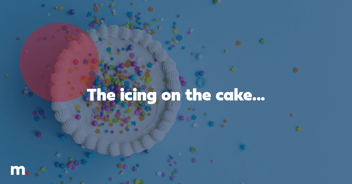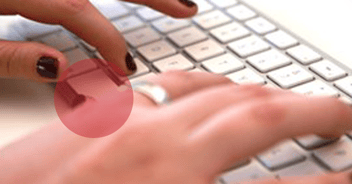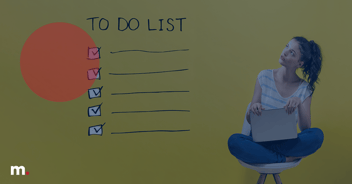Six ways images can make or break your press releases

Sending an image with your press release should be a no brainer to increase your chances of coverage, but are you really using photos correctly?
Here are the top six do’s and don’ts of using images with your press release to improve your chances of being picked up by the media:
1. Do carefully caption your images
Photo captions in press releases are often left as an afterthought. Those who neglect captions miss valuable opportunities to spread their key message. Some research has even shown captions get 16 per cent more readership than text. If the caption text is larger and bolder than the body copy, will receive even more readership. This emphasises the need to not only add captions, but to caption images correctly. Here are a few tips for captioning images:
-
Don’t just describe what’s in the photo. Rather than making the mistake of stating what’s in the photo, add value by providing additional information, such as the date, time, location and context around the photo.
-
Write captions in complete sentences. Particularly if writing in present tense, the captions can give the image a sense of immediacy.
-
Be brief – keep captions between one and two sentences. If you need to explain complex contextual information, a third sentence can be added.
-
Always identify the main subjects in the photo
2. Do hire a professional photographer
It is important that when you use images in your press release, that you own or have the rights to use or modify them. Hiring a professional photographer will not only ensure the quality of the images but also guarantee that you have full permission and rights to use those photos. If you are using a photographer, a good tip is to give them a tight brief, i.e. what images you need/the subject of the photo and what the story is about.
If you don’t have the budget to hire a professional photographer, you can easily create professional images of your own. Just be sure to take photos that are appropriate for your story and target audience.
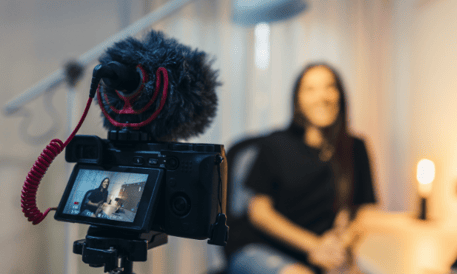
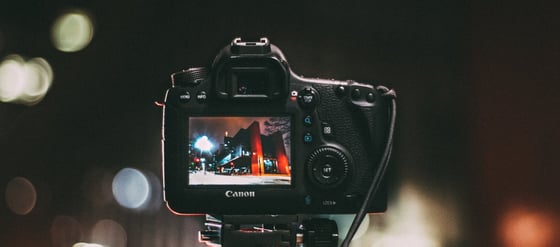
Some images can be used for free under a creative commons license, but be careful to make sure you have permission before you publish any images found on the web. SOURCE: pexels.com or unsplash.com
3. Don’t embed poor quality images
The images you attach to your release need to be the right file type and quality (i.e. in focus) for the journalists. If an image is too dark, blurry, or overexposed, the journalist won’t be able to use the image. To check the resolution of an image, click on the image properties under ‘details’. If the image is too small (i.e. less than 300 dpi), it can appear stretched and blurry and could jeopardise its usability.
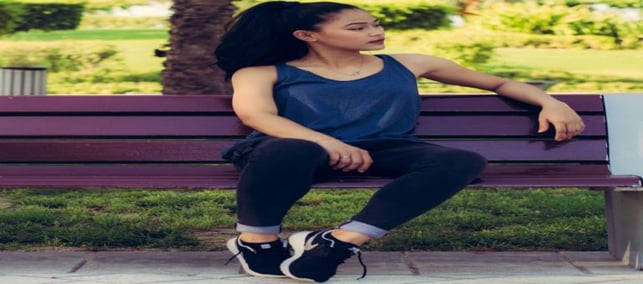
A bad quality image will not only be useless to journalists, but it will also distract them from the content on the rest of your press release. SOURCE: pexels.com
4. Do try and use infographics
Infographics are a useful visual summary of what the reader needs to know about your press release. They can be particularly valuable in data heavy stories, which sometimes don’t lend themselves to having accompanying photos. If the infographic includes useful facts and figures, the journalist will appreciate the extra information they are looking for when putting together a story.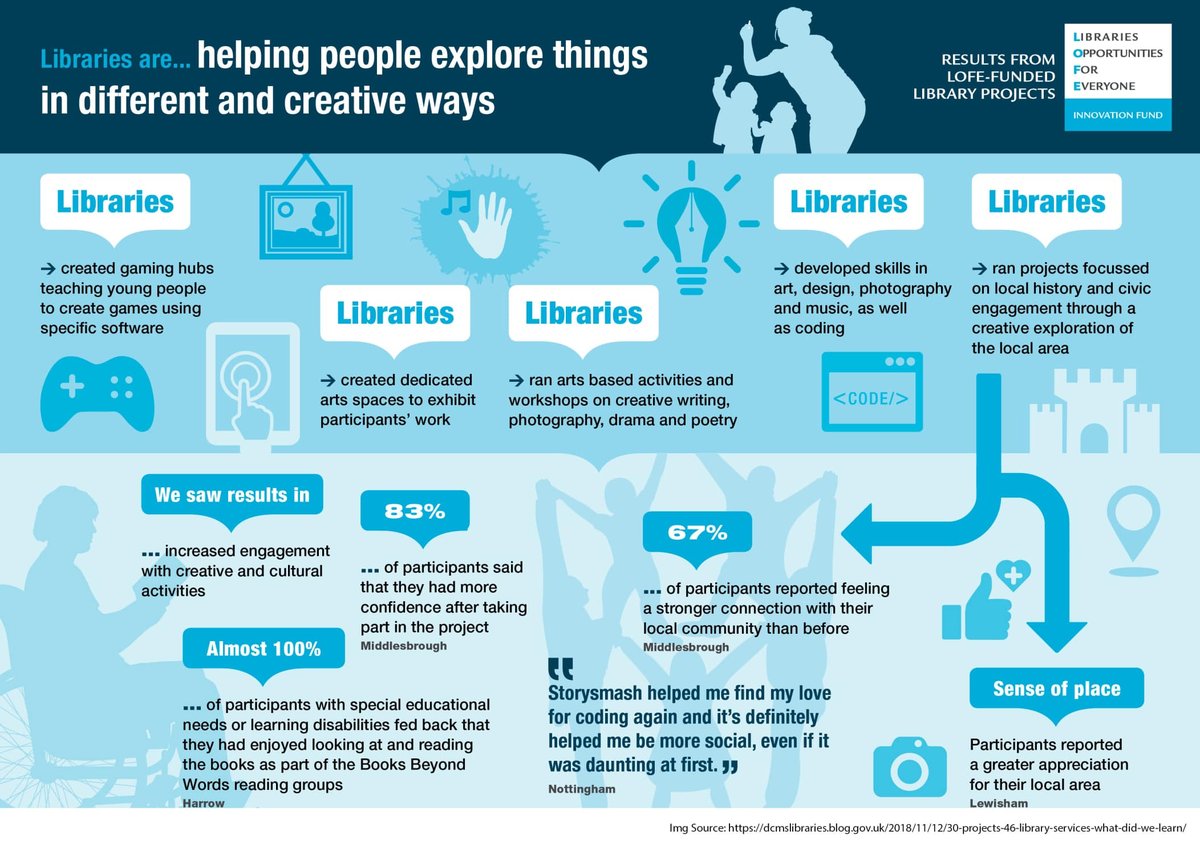
If your story is heavy on data or statistics, infographics can be a great way to integrate these in a visually appealing way. SOURCE: DCMS Libraries.
5. Do provide images in a variety of sizes and shapes
Be prepared to include both landscape and portrait versions of your photos, as well as various shapes and sizes. This will help journalists seamlessly fit your images into any magazine or website layout.
6. Do prepare additional images
Once you have sent a journalist your press release with images and they are interested in your story, they may ask for further visuals. It is important that you have these available to quickly send.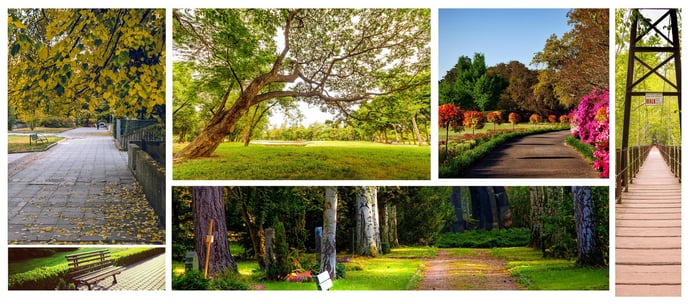 The images an editor chooses to publish will be influenced by a number of factors, including the other news of the day, intended audience and the story’s location within the publication. SOURCE: pexels.com
The images an editor chooses to publish will be influenced by a number of factors, including the other news of the day, intended audience and the story’s location within the publication. SOURCE: pexels.com
Finally, don’t forget to credit the photographer or image source
Attribution is always important and you don’t want to waste a journalist’s time by having to track down this information, so it’s important this is provided on your press release.
Journalists love images, videos and additional resources that provide multiple angles and add depth to a story. To reach journalists with your visual press releases, collate all your digital assets into a multimedia news release.


